
Congratulations! You finally started generating energy with your solar power system. You just received a bill from the power company and are feeling a little confused. If you have solar, you shouldn’t be receiving a bill right? Not necessarily.
You might hear from some companies that solar will completely eliminate your energy bill. This is not true. Solar can significantly offset your energy usage and contribute to energy savings, but it will never truly bring your power bill to $0. Why not? Here are a few factors to keep in mind.
Minimum, Base Charges, Taxes, and Fees
Adding solar will never eliminate your power bill completely. However, it can reduce it to the point where you only owe base charges and/or taxes and fees.
For example, Florida Power & Light customers are charged a base fee and a minimum bill fee totaling $25 each month. These are fixed charges that remain unchanged regardless of solar use. In addition, most utilities charge regulatory fees, local taxes, state taxes, and more. These taxes and fees are small and usually amount to less than $5 per month. You can find these charges under the “Bill Details” section of your bill.
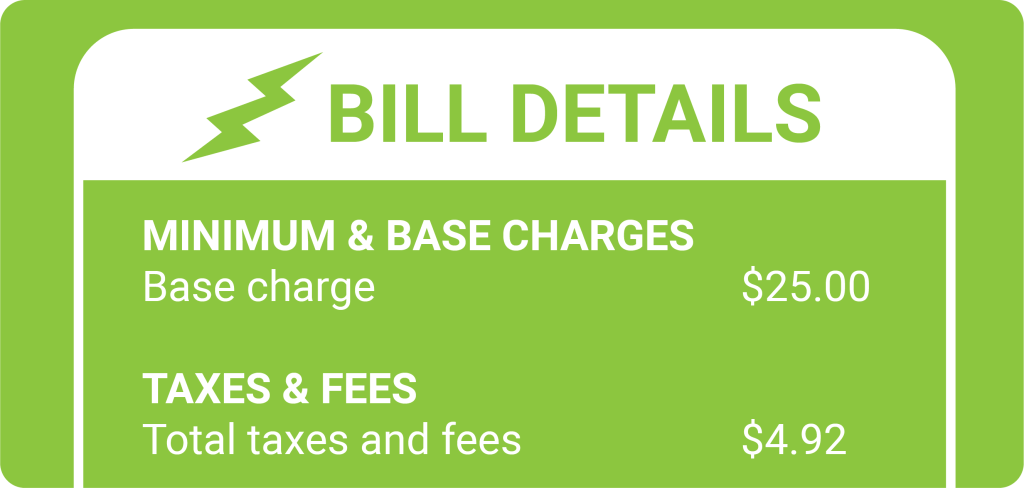
In some cases, utilities may charge what they call a “solar recovery fee,” which we liken to a tax. In some PowerSouth co-ops, a solar fee is a minimum charge that’s incurred each month that only solar customers must pay. If you live in a PowerSouth utility territory, your Energy Consultant will review these charges with you during the solar process and answer any questions you may have.
Your power bill will never truly be $0 due to required utility policies, taxes, and fees.
System Design
Solar power systems are built to offset your average consumption for the entire year. That’s why we look at your power bill history when we design your system.
Systems are not designed to fully accommodate high consumption months. If they were, you would be sending too much excess energy back to the grid and subsidizing the power company. Each system is designed for your specific energy needs and goals and can be scaled up if your overall consumption increases significantly.
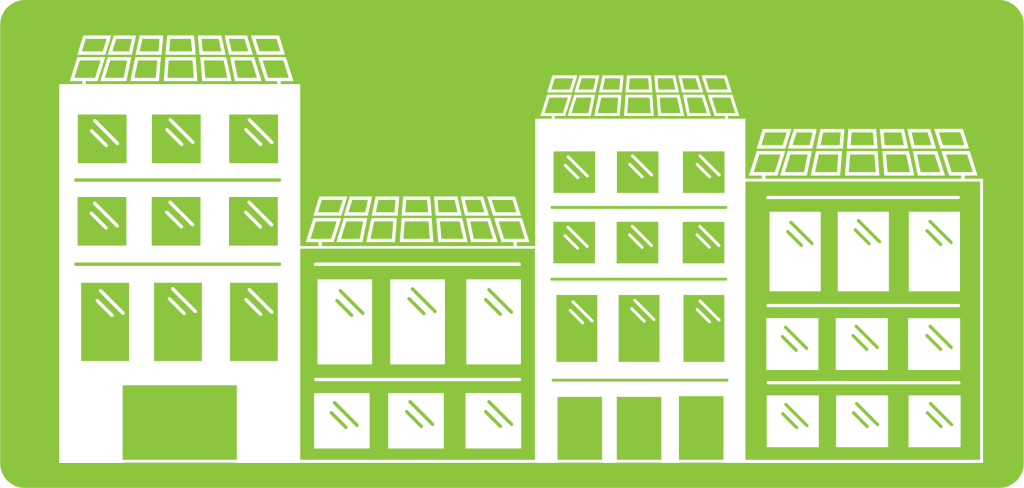
During periods of high energy usage – like during summer or winter months – it’s normal to receive a power bill even with solar.
Net Metering
When you switch to solar you’re enrolled in a billing mechanism called net metering. Most solar power systems generate more energy than a home can use in a day. With net metering, that excess energy is sent back onto the grid and can help offset the cost of pulling energy from the grid.
A net metering agreement also allows you to bank that excess in the form of credits. You can then use these credits to offset periods of high consumption or your nighttime usage. At the end of the year, you may receive a check from the utility company for any remaining credits up to a certain amount. When you first install solar, you haven’t built up your net metering credits just yet.
Credits are accrued during months when your system overproduces. On the Gulf Coast, that’s usually in the spring or fall. Because your credit bank isn’t established yet, it’s normal to see a bill for kWh that wasn’t generated by your solar power system.
You can reduce this bill by making energy efficiency improvements like adding LED lights or replacing older appliances. You can also monitor your usage during peak consumption hours. Check out more energy efficiency tips.
Remember that it’s normal to draw some energy from the grid with a grid-tied system. You will only send the excess back onto the grid once your home has consumed what it needs from your solar power system. You will never send 100% of your energy back to the utility.
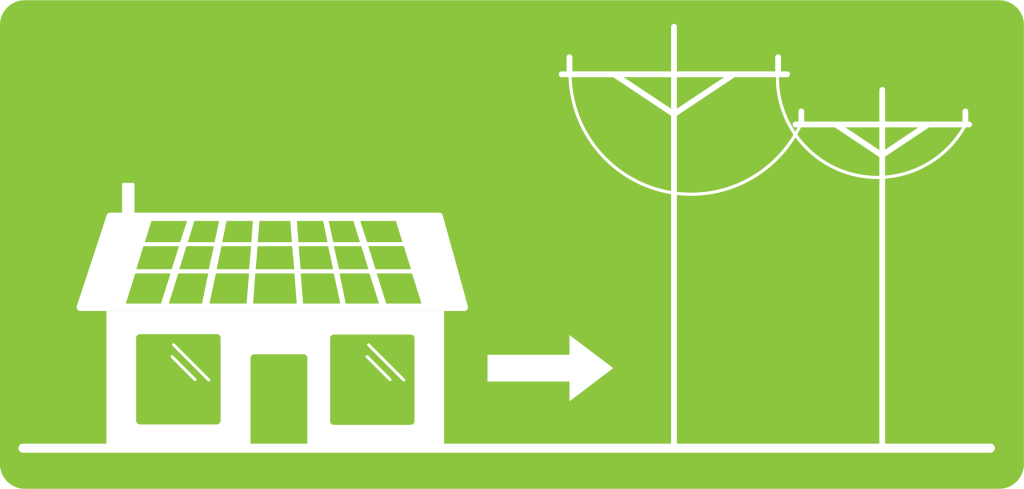
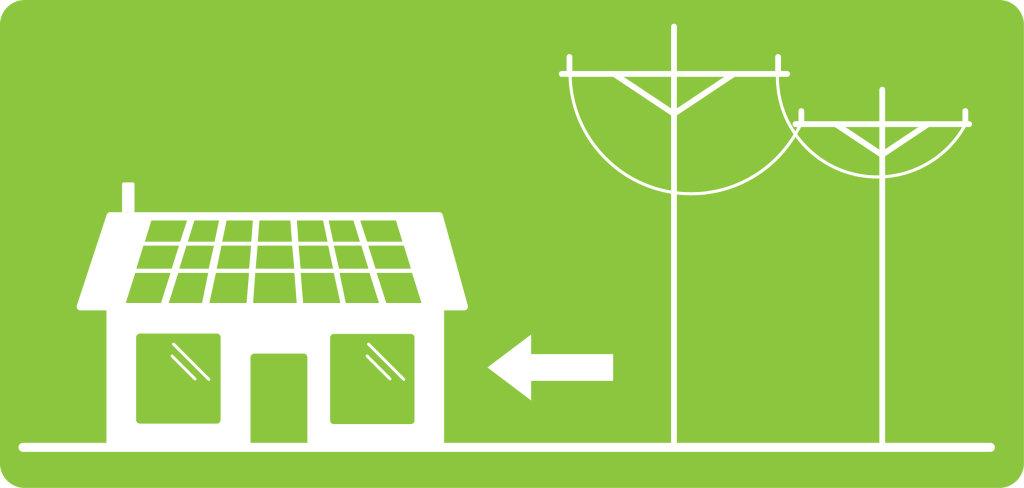
If you have net metering, you may see a bill when consumption is higher and you haven’t built up any credits in reserve.
Understanding Net Metering Reserve
Consumption vs. Production
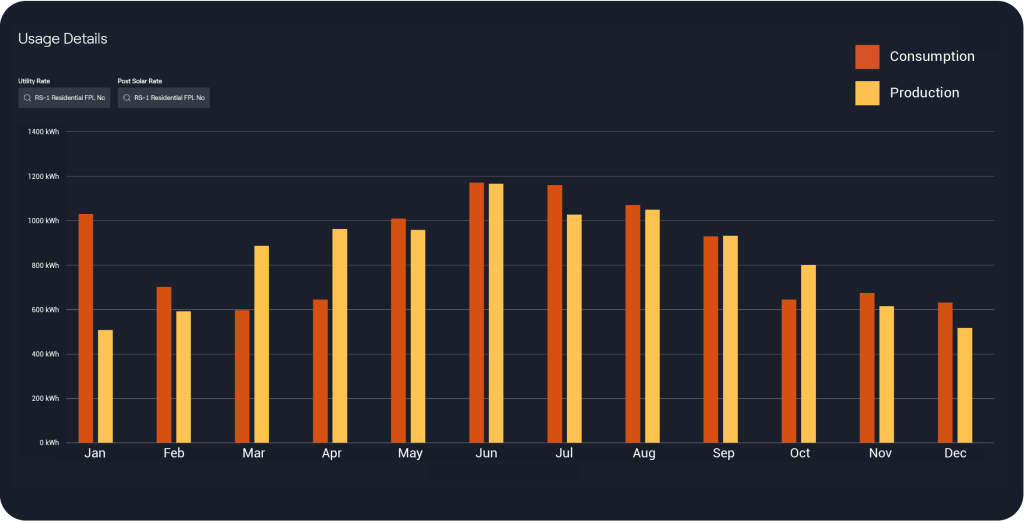
This graph is an example of average power consumption vs. average solar power production by month for a given year. We include this graph in every proposal, contract, and system that we install.
What is Reserve?
Reserve credits are built up during periods of high production and low consumption.
In the spring and fall months, production often outpaces consumption. Later in the year during summer months, consumption outpaces production. Keep in mind that systems are designed for average yearly consumption, not for particular periods of high consumption. It’s normal to see consumption outpace production in cold or warm months. This is where net metering reserve credits can make up the difference.
During months of high consumption, you will draw from your bank of reserve credits to cover the cost of any additional power you’re purchasing from the grid.
For example, this customer will use more energy during the month of July. However, because their system will overproduce in March and April, they can draw from those previously built-up credits during July and August when consumption is set to outpace production.
At the end of the year, you receive compensation for any remaining credits.
Questions? We’re here to help.
Give us a call at 850-472-0341, or contact your Energy Consultant.
Need more help reading your bill? Check out our additional bill basics resources including how to read your bill line by line.